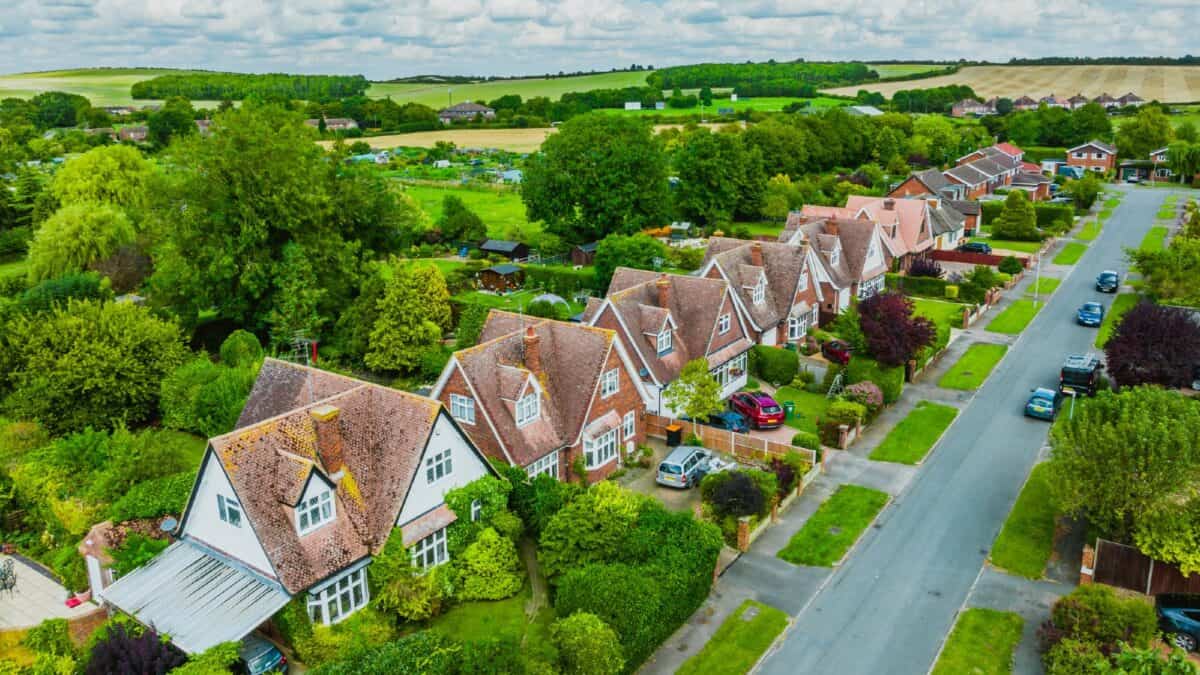Image source: Getty Images
I don’t know a better way of generating passive income than investing in FTSE 100 shares. They pay some of the most generous dividends in the world and offer potential share price growth on top.
If I had no savings at 40, I’d want to put that right. Buying individual stocks and shares involves some risk, and it isn’t for everyone. But it’s how I’d build a second income stream to top up my State Pension.
As interest rates start to fall, I think the income will look even better, because savings rates and bond yields are now starting to fall. Gold and Bitcoin pay no income whatsoever.
High FTSE 100 yield
Over the long term, FTSE listed shares have delivered on average return of 8% a year, with dividends reinvested. I reckon I could beat that through careful stock picking. Here’s how I’d aim to turn a £10k lump sum into passive income of £8,229 a year.
The simplest option is to buy an exchange traded fund (ETF) tracking the FTSE 100, such as the iShares Core FTSE 100 UCITS ETF. It has no upfront charge with a low annual fee of just 0.07% a year. As well as passing on growth when the FTSE 100 rises, it yields 3.74% a year.
I’d happily park my £10k in that ETF but I prefer to buy individual stocks. That allows me to filter out the stocks I don’t rate, and buy more of those I do.
I will inevitably make mistakes, but I think over the longer run I should generate a superior return by stock picking.
One of my favourite FTSE 100 blue-chips is housebuilder Taylor Wimpey (LSE: TW). While housebuilding stocks have struggled in recent years, due to the rising cost of mortgages, labour and materials, I think that’s about to change.
The Labour government’s planning reforms should boost housebuilding. Interest rates are starting to fall, which should cut mortgage costs and make properties more affordable.
I rate Taylor Wimpey
Today, Taylor Wimpey yields a mighty 6.11%. That’s well above the FTSE 100 average of 3.74%. Plus its share price has been going gangbusters, soaring 39.75% in the last year.
There are risks. A housebuilding boom could drive down property prices, hitting margins. There’s a shortage of workers, and targets may be missed. Taylor Wimpey shares aren’t as cheap as they were, trading at 16.13 times earnings. Growth may now slow.
Let’s say Taylor Wimpey continues to yield 6.11%, and the share price grows at an average of 4% a year, in line with the long-term FTSE average. I’d get a total return of 10.11% a year. That would give me £134,686 by the time I turned 67.
If I then took my dividends as income, I’d get a second income of £8,229 a year. Not bad from an original £10k investment. Plus my capital would still be there to grow.
Naturally, I wouldn’t buy just one FTSE 100 stock, but would spread my risk across a dozen or more. I’d also aim to invest another £10k next year, and the next. That would give me a massively higher income than I’m suggesting here.
And that’s why I rate FTSE 100 shares so highly.
Credit: Source link














